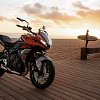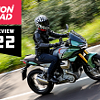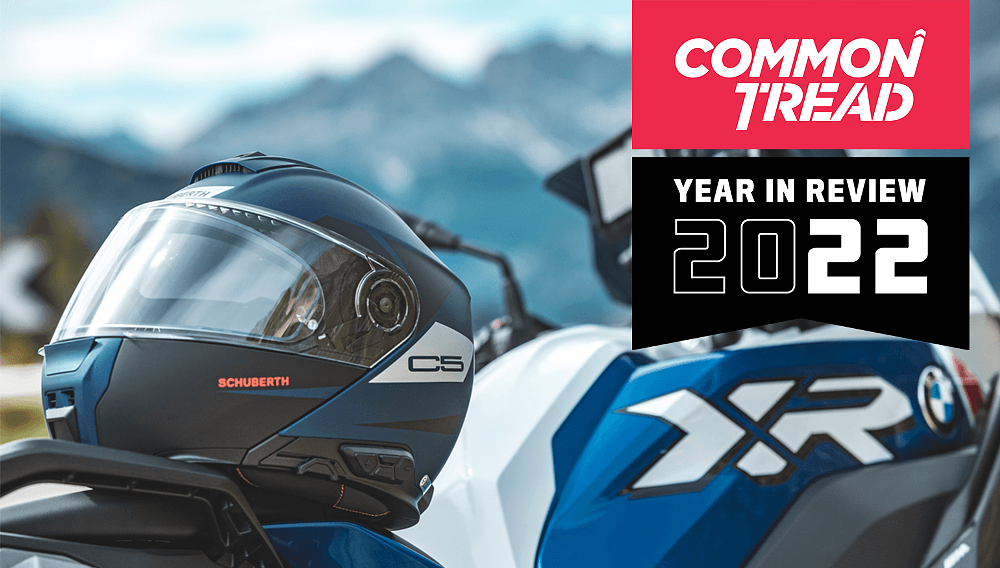Common Tread has always been about going beyond the news releases to bring you context, analysis, and opinion about what's happening in the motorcycle world. That means a big part of our job is staying on top of the changing trends in the industry.
As we do every year, we asked several Common Tread regulars to name one positive trend and one negative trend they spotted in 2022. Here's what they said.
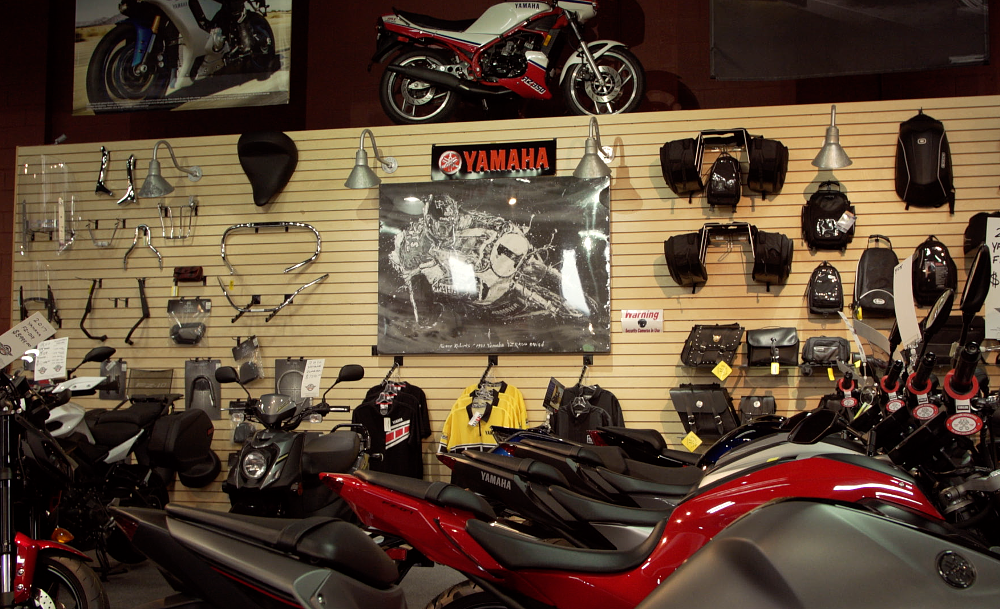
Spurgeon Dunbar: Inventories recovering and motorcycles a little too connected
Positive: After nearly two years of choked supply chains limiting the flow of bikes, parts, and gear to motorcycle dealerships and retailers, 2022 seems to be ending with a shift back to normal. According to the Global Container Freight Rate Index, international shipping costs, which more than quadrupled in a year and a half during the pandemic, are the lowest they've been since November of 2020. Supply chains are freeing up and that means companies like RevZilla have more of the goods you want in stock. Harley-Davidson Chief Financial Officer Gina Goetter noted during the company's most recent quarterly conference call that while "worldwide retail inventory of new motorcycles remains at historically low levels," the situation is improving, "as inventory began to flow more normally into the dealer channel" beginning around September. A recent Common Tread article noted that the increased supply of new bikes appears to be easing the prices of used motorcycles. The best trend of 2022, to me, was seeing some level of normalcy and affordability returning to motorcycling.
Negative: The lightly used 2021 KTM 890 Adventure R Rally I bought in 2022 came with nearly all of the electronic bells and whistles unlocked and open for use. The Rally edition shipped with electronic cruise control, quickshifter, and Rally Pak (opens up additional ride modes and traction control settings) as standard and required no additional trips to the dealership to “unlock.” Buyers of the 2023 890 Adventure R, however, will have access to all of those features for the first 932 miles, but then the computer will shut them off unless the owner pays up. (KTM calls it "demo mode.") Like any good pusher, the Austrian manufacturer will give you a taste of the goods to get you hooked and KTM's not the only one. We've seen Zero Motorcycles offer pay-to-play features and earlier this month Super73 pushed a firmware update intended to regulate throttle response in certain countries to all countries outside the United States, thus causing real problems for users of the popular e-bikes. The latter is a bit outside the scope of the pay-to-play access we're talking about, but it speaks to the larger negative trend in motorcycling: digital connectivity and what manufacturers and governments can do to regulate your motorcycle with the push of a button.

Andy Greaser: More motorcycles with practical wind protection and wannabe baggers
Positive: Earlier this year, I wrote a story about the growing popularity of faired retro motorcycles. These motorcycles are part of a broader trend towards the return of quarter- and half-faired motorcycles, and I think that's a good thing for motorcycling. Good wind protection can improve the riding experience for everything from sport riding to touring, and 2022 even gave us some fairing innovation with Moto Guzzi's semi-active aero.
Negative: Baggers are the hot ticket in the cruiser world right now. Naturally, manufacturers try to dress up different models to look like whatever's popular, which gave us my least favorite trend of the year: slapping tiny bags on midsize cruisers to cash in on bagger fever. The Harley-Davidson Low Rider ST toes the line with skinny 'bags that hold 20 percent less than a Street Glide or Road Glide for... some reason? Honda missed the mark with its Rebel 1100T that only offers 35 liters of storage combined. All show and no stow. The H-D and the Honda are both capable of carrying full-size luggage. Hopefully by this time next year, these bikes will offer a little more function and a little less fashion.
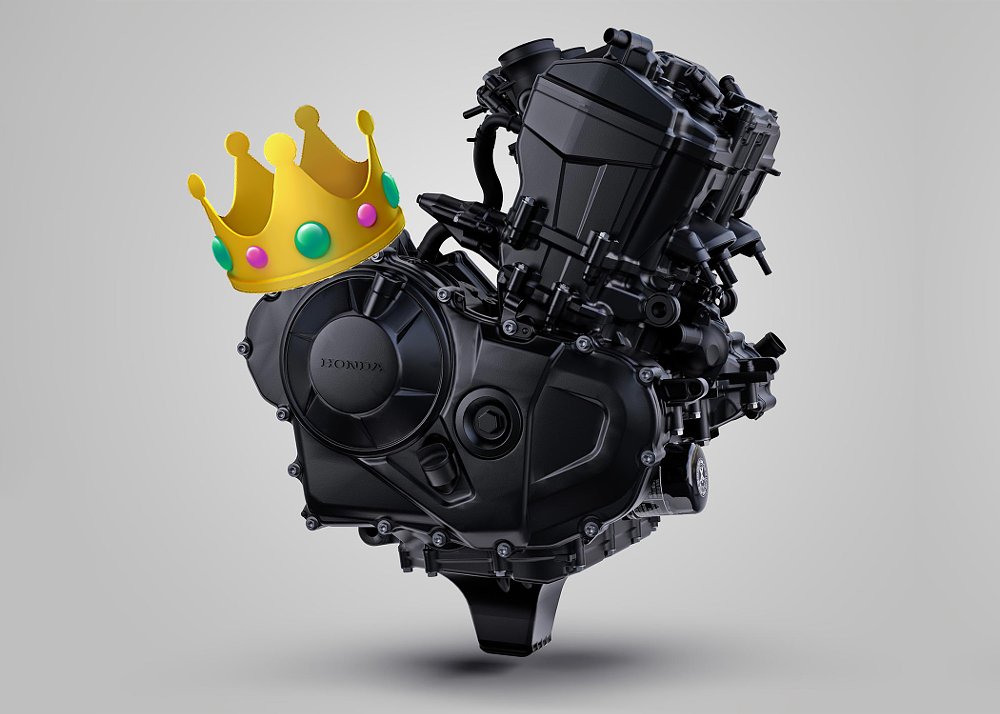
Spenser Robert: Parallel twins and parallel twins
Positive: The parallel-twin engine doesn’t get much love from the motorcycling masses. We bemoan its lack of character, we sigh at its muted putter, we daydream of how much faster/happier/better-looking we'd all be if only our engine were shaped like a V, was an oddball triple, or had a four-banger howl. But take an honest look at the current landscape of p-twins and it's hard not to be impressed. Whether it's Yamaha, Honda, Aprilia, Kawasaki, Triumph, KTM, Royal Enfield, BMW, or even Suzuki, virtually every OEM has (or will likely soon have) at least one hugely charming inline two-cylinder.
Negative: On the flip side, what's the deal with every manufacturer producing the same engine? A few years ago it was fun, even a little unique, to have a parallel twin with a 270-degree crank. Now, all of those aforementioned companies (with the exception of Kawasaki), have bikes with the same engine configuration with virtually identical firing orders. Blame it on environmental regulations, manufacturing costs, or your conspiracy theory of choice, but it's sad to think of a world of motorcycles where everything looks, sounds, and feels the same to ride.
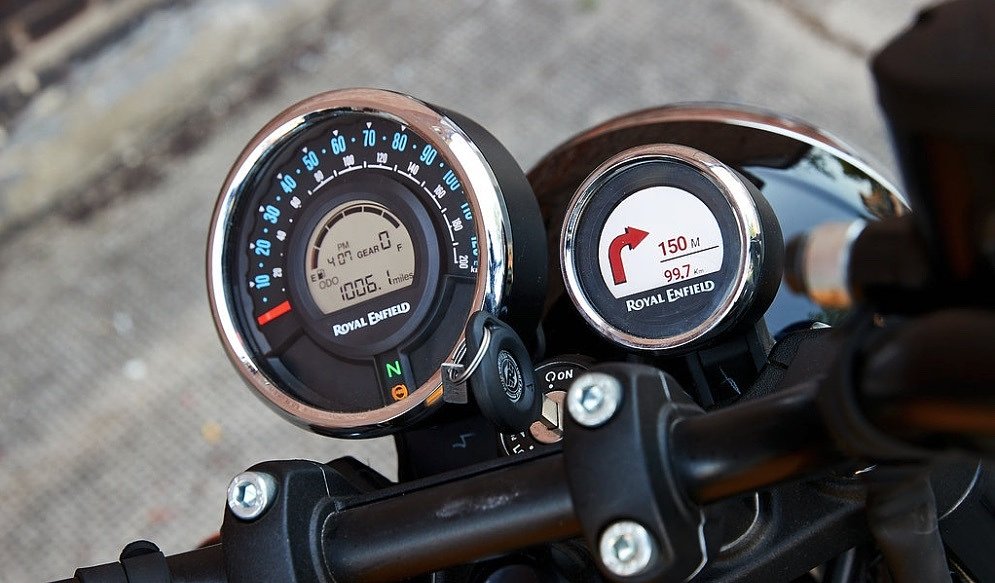
Zack Courts: Technology — good, bad, and ugly
Positive: As robots and computers work their way into every aspect of our lives, motorcycles struggle to keep up. In some ways, this is good. None of us, especially those piloting two-wheeled vehicles, need more screens in our lives. The good news is that some companies are figuring it out. My favorite example of this is the Royal Enfield Tripper system; a tidy little gauge that uses Google data to provide uncomplicated turn-by-turn navigation. No road names, no lane advice, just left, right, and how far you have to go. It is hilariously unsophisticated compared to a basic Apple CarPlay system, and I think that's the best part — it's cheap and it doesn't try to dazzle or distract. Royal Enfield shows it can be done right, and other motorcycle companies should take the idea, or at least that mindset, and run with it.
Negative: Because let's face it, the other side of that double-edged sword is much sharper. For years now, manufacturers have been trying to make their own apps or somehow integrate complex navigation and luxury technology into the pastime we enjoy and mostly it sucks. There's been talk for a while of vehicle-to-vehicle communication and the promise of unprecedented safety from autonomous cars, but the truth is more dystopian than utopian. It seems like Teslas often don't see motorcycles, people still struggle to, and the dark blanket over the whole thing is that everyone is more likely than ever to be looking at something other than the road. Some tech is helping — blind-spot sensors and anti-lock brakes come to mind — but we've got a long way to go before technology is helping more than it's hurting.
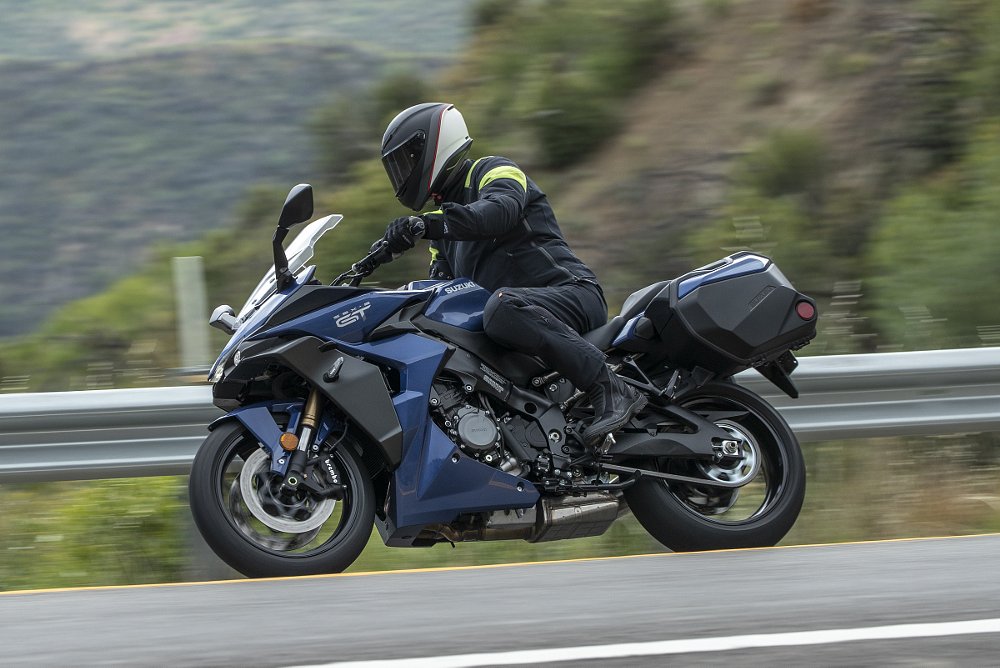
Lance Oliver: Sport-tourers aren't dead and neither is Dorna's greed
Positive: A little over a year ago, I joined the Highside/Lowside podcast to discuss sport-touring motorcycles. Was the category dead, replaced by adventure-touring bikes? Or just evolving? I'm happy to say that 2022 proved that the traditional sport-touring motorcycle is not dead, and manufacturers are still putting some thought into the category. Three examples. In April I got our first test ride on the Suzuki GSX-S1000GT+, a classic sport-tourer with a powerful engine, weather protection, matching luggage, and not too much weight. By raiding its parts bin, Suzuki built a very competent bike at a competitive price. In October, Andy flew off to Italy to try the Moto Guzzi Mandello V100, a truly innovative bike with an all-new engine, first-ever active aerodynamics, semi-active suspension, and good looks, too. Proof that Moto Guzzi was willing to throw everything it had at the sport-touring segment. Finally, for those looking for something lighter and under $10,000, we got the Triumph Tiger Sport 660. Its upright stance may suggest adventure-touring, but its features say sport-touring all the way. It's what we got instead of the Street Triple RT concept Triumph was experimenting with a few years ago and it held its own in our recent three-way comparison. Not only is the sport-touring category not dead, it's seeing some interesting innovation.
Negative: I was going to talk about the dark side of technology, but Zack beat me to it, so I'm going to focus on something that's admittedly less important but still a negative trend, in my opinion: making motorcycle racing less about pure sport and more of a spectacle. Alongside that is MotoGP and World Superbike organizer Dorna's focus on going where the money is instead of going where the fans are. In World Superbike, first we saw the reversing grid gimmick several years ago (which fortunately did not last long) and then the addition of a third sprint race each weekend in 2019. Now Dorna is adding a sprint race paying half points to each of the 21 MotoGP rounds next year. That means 42 MotoGP races next year, even more than WSBK with its three races per weekend, and a punishing schedule that requires teams to travel to six races in six countries on three continents in seven weeks late in the season. Plus we see Dorna signing agreements to run MotoGP races in countries such as Saudi Arabia and Kazakhstan, not because those places are teeming with motorcycle racing fans, but because: money. Same reason races are held in front of empty stands in problematic Qatar (see: World Cup) under occasionally sketchy track conditions. Dorna should read that old fable about the goose and the golden eggs.
What were your favorite and least favorite trends in the motorcycle world in 2022?






